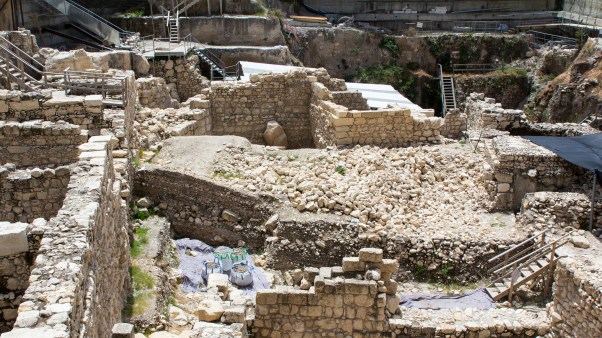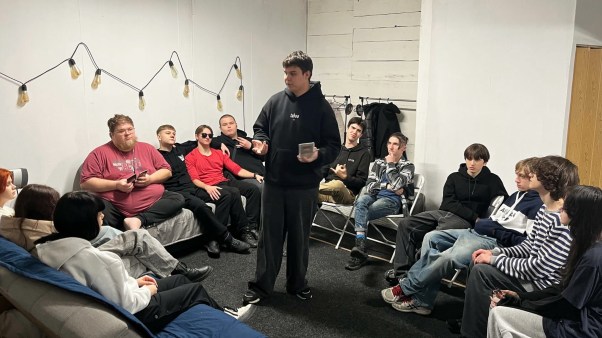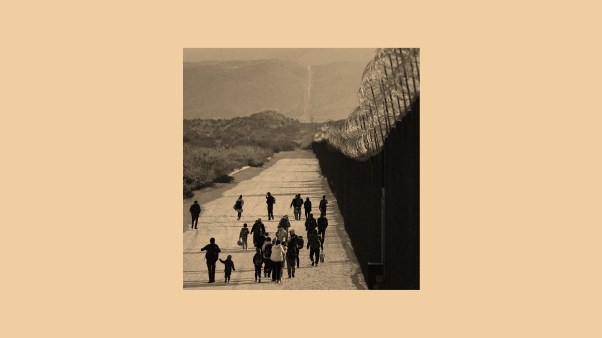In 1853, the Hawaiian Missionary Society sent missionaries to the Marquesas, an island chain about 2,400 miles away. American and English missionaries had already attempted and ultimately failed to reach the area made famous in the West by author Herman Melville’s 1840s novels Typee and Omoo.
The ordination of the first Native Hawaiian pastor, James Kekela, catalyzed the beginning of this mission.
“Several Hawaiians had been licensed to preach, but Kekela was the first to receive ordination, becoming the first pastor of a church,” later wrote Rufus Anderson, the foreign secretary for the American Board of Commissioners for Foreign Missions (ABCFM).
Sending Native Hawaiian missionaries to faraway Pacific Islands on independent missions was seen as a vital step in preparing for the end of the oversight and support of the ABCFM. By 1864 the Hawaiian Evangelical Association had replaced ABCFM’s Sandwich Islands Mission.
In 1853, Matunui, the high chief of the Marquesan island Fatu-hiva, accompanied by his son-in-law Pu‘u, a native Hawaiian, arrived in Lahaina, Maui, where Pu‘u was born and raised.
“It soon became apparent that Matunui came to Hawaii for the specific purpose of soliciting missionaries,” wrote Dwight Baldwin, a missionary physician at Lahaina. “In reply to [a] query about his request for missionaries, Matunui replied, ‘… we have nothing but war, fear, trouble, poverty. We have nothing good, we are tired of living so, and wish to be as you are here.’”
The Hawaiian Missionary Society selected four Hawaiian ministers and schoolteachers, who were accompanied by their wives. This included Kekela, “a modest, persevering man,” Maui kahu [pastor] Samuel Kauwealoha, and deacons and teachers Lot Kuaihelani and Isaia Kaiwi.
But the rosy vision for the Marquesan mission soon waned, and a harsh reality set in. Matunui’s missionary fervency cooled, wars continued, and the Marquesans struggled to provide material support for Kekela and the other missionaries. Yet the Hawaiian mission persevered, with Kekela settling on the island of Hiva Oa.
In time, the Marquesans adopted a more Western demeanor and culture. Missionary James Bicknell, who had joined the Hawaiians, noted the change positively in an 1862 Hawaiian Missionary Society report:
In general appearance the people are much improved, their manners are softening, they are better clothed, and in some the sense of shame is beginning to manifest itself. … In general intelligence, the people have made considerable advances. … Their knowledge of foreign countries is increasing, and there is a thirst for more. The people have learned also to distinguish between missionary and other foreigners. The distinction is very marked, and holds good in parts remote from direct missionary influence.
In 1864, Kekela and others rescued an American whaler named Jonathan Whalon, who had been trading on Hiva Oa. The community had gone after Whalon, furious at a Peruvian slaver that had kidnapped Hiva Oa men. As they were preparing to cook and eat him, Kekela came to the rescue and sacrificially traded his prized six-oar whale boat for the life of the whaler.
For his brave rescue, President Abraham Lincoln rewarded Kekela with a large gold watch and sent gifts to the others who had helped rescue the whaler. Kekela’s watch bears this inscription: “From the President of the United States to Rev. J. Kekela For His Noble Conduct in Rescuing An American Citizen from Death On the Island of Hiva Oa January 14, 1864.”
Seventeen years later, foreign secretary Anderson reported that, despite years of hardship, Kekela, Kauwealoha, and Kaiwi still persisted on the Marquesan mission field. In 1899, the Marquesan mission finally folded when the elderly, infirmed, and nearly blind Kekela returned home to Hawai‘i for a much-deserved retirement.
Back in the Marquesas, the Kekela Hawaiian-Marquesan family continues to minister in the Protestant churches of the remote Polynesian island chain. Like the Hawaiian Islands, the area is undergoing a cultural revival and becoming a society well connected to the 21st-century world outside their remote islands.
Christopher “Chris” Cook is a Kauaʻi, Hawaiʻi-based author and researcher into the monarchy-missionary era of Hawai’i’s history. He is a graduate of the University of Hawaiʻi and author of a biography of Opukahaia-Henry Obookiah, the first baptized native Hawaiian Christian. He blogs at www.obookiah.com












